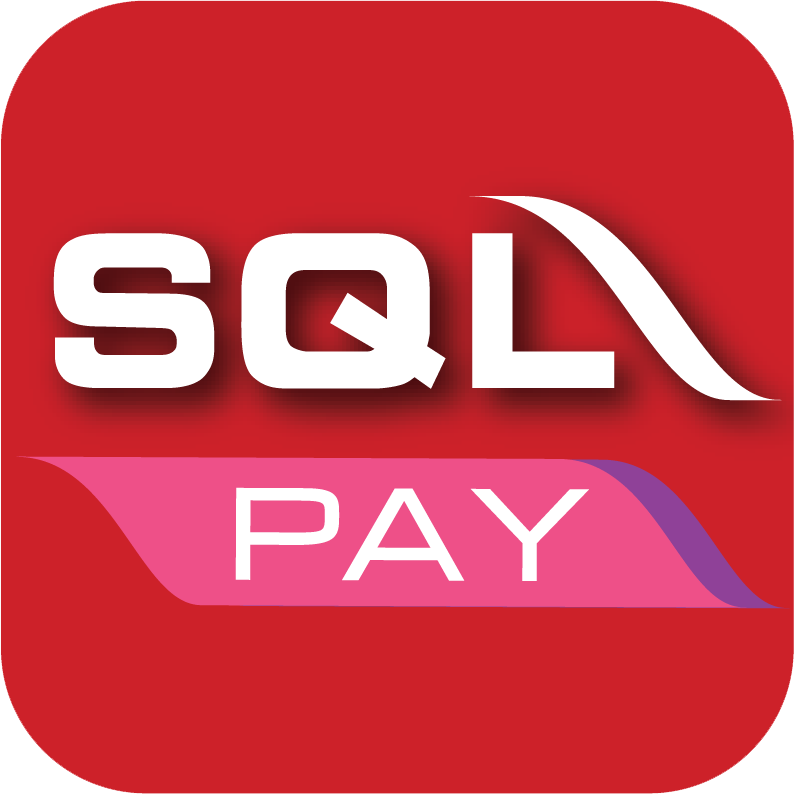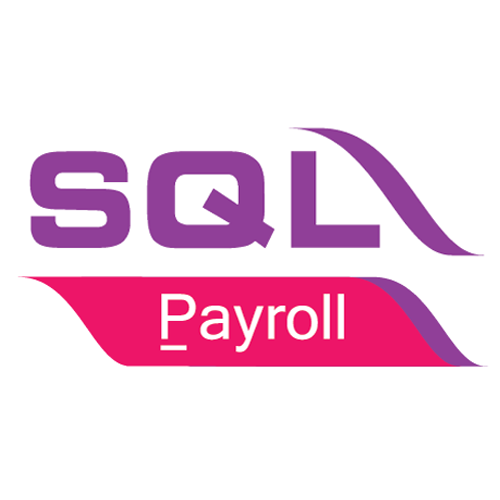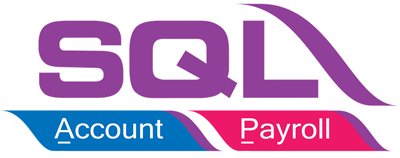Automating Payroll Calculations Using SQL Payroll Software
Payroll management can be a complex task. It involves calculating salaries, deductions, and taxes accurately for each employee.
SQL payroll software simplifies this process. It automates calculations, ensuring accuracy and saving time.
This article will guide you through automating payroll calculations using SQL payroll software. It will also highlight the benefits of such a system for efficient payroll management.
|
Certified By Statutory Bodies & 100% Accurate |
Electronic Submission & E-Payment Ready |
Batch Email Payslip |
|
Comprehensive Management Reports |
Unlimited Year Records |
E Leave Mobile App |
Understanding SQL Payroll Software
SQL payroll software is a tool that uses SQL databases for payroll processing. It enhances efficiency by automating calculations and managing payroll data effectively.
This software handles complex payroll tasks, including salary calculations, deductions, and compliance management. By centralizing these tasks, it reduces manual errors and saves time.
For businesses, it provides a scalable solution. It adapts easily to different business sizes and requirements, making it a versatile tool for payroll management.
Key Benefits of Automating Payroll with SQL
Automating payroll with SQL offers numerous advantages. It reduces processing time drastically and minimizes errors that occur due to manual entry.
With automation, businesses can enjoy enhanced productivity. Payroll tasks that took days can now be completed in hours. This efficiency frees up valuable HR resources.
Here are some key benefits of using SQL payroll software:
- Enhanced accuracy in calculations
- Streamlined data management
- Improved compliance with tax regulations
Setting Up Your SQL Payroll System
Getting started with SQL payroll software is simple. Begin by installing the software following the SQL payroll user guide for instructions.
Next, configure the system to match your business needs. Customization options allow you to tailor settings like payment schedules and employee classifications.
Finally, ensure your system is secure. Implement role-based permissions to protect sensitive payroll data, following the SQL payroll manual recommendations.
Importing Employee Data into SQL Payroll
Effortless data entry is a key feature of SQL payroll systems. Start by preparing your employee data for import. Ensure all information is complete and organized in a spreadsheet format.
Use the SQL payroll manual as a guide during the import process. Typically, the software allows you to upload data files directly, simplifying entry.
Check for accuracy after importing data. Confirm each employee's details to ensure correct salary calculations and deductions, maintaining accurate payroll processing.
Calculating Salaries and Deductions with SQL Queries
SQL queries are central to calculating salaries and deductions in payroll systems. They allow you to automate complex mathematical processes efficiently.
Begin by understanding basic SQL commands through your SQL payroll user guide. This knowledge is essential for writing effective queries.
Modify these queries to fit your specific payroll requirements. Custom SQL queries ensure accurate calculation of taxes, bonuses, and other deductions, enhancing overall payroll efficiency.
Maintaining Compliance and Security in SQL Payroll
Compliance in payroll processing is critical to avoid legal issues. SQL payroll helps ensure adherence to regulations through customizable compliance features.
Secure payroll data by enabling encryption and implementing strong password policies. These measures protect sensitive employee information.
Key security practices in SQL payroll:
- Regularly update software to patch vulnerabilities.
- Use role-based access for users.
- Schedule regular data backups to prevent loss.
Generating Reports and Gaining Insights
Creating detailed payroll reports is simple with SQL payroll software. These reports help monitor financial data and payroll trends.
Use the software's robust reporting tools to gain insights into employee costs. Reports can inform strategic HR decisions and budget planning.
Regularly analyzing these reports aids in identifying cost-saving opportunities. They enhance overall payroll management efficiency.
Troubleshooting Common SQL Payroll Issues
Encountering issues with SQL payroll systems is common. Most are easily resolved with basic troubleshooting steps.
Familiarize yourself with error messages and consult the software's user guide. Regular maintenance and updates minimize technical glitches.
Conclusion and Next Steps
Embrace SQL payroll to streamline processes. For successful adoption, explore available user guides and training resources.




| 区域 | 重量 | 运费 (RM) |
|---|---|---|
| West Malaysia | 首 1.00 kg | 12.00 |
| 额外 1.00 kg | 2.00 | |
| East Malaysia | 首 1.00 kg | 20.00 |
| 额外 1.00 kg | 11.45 |












